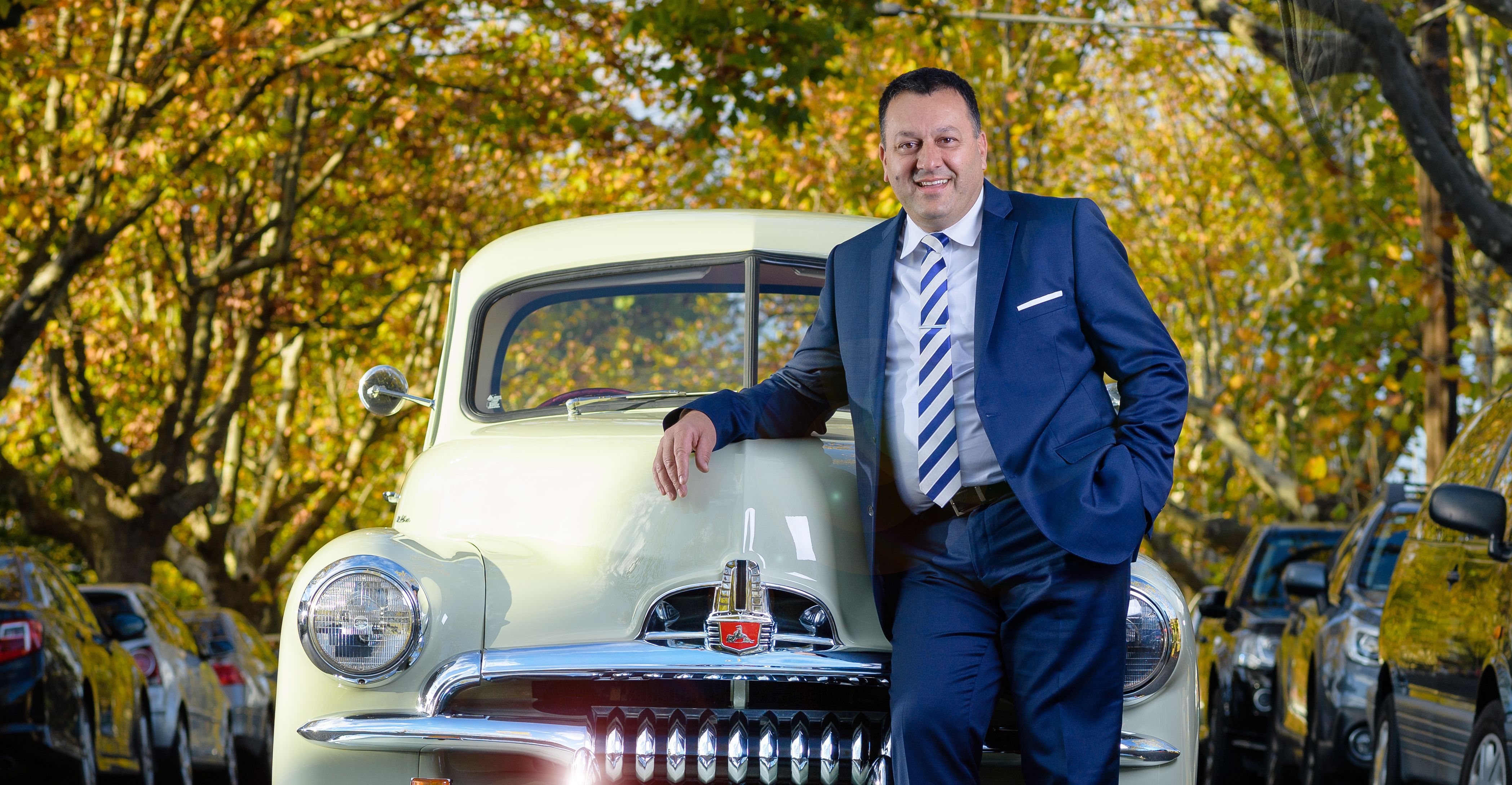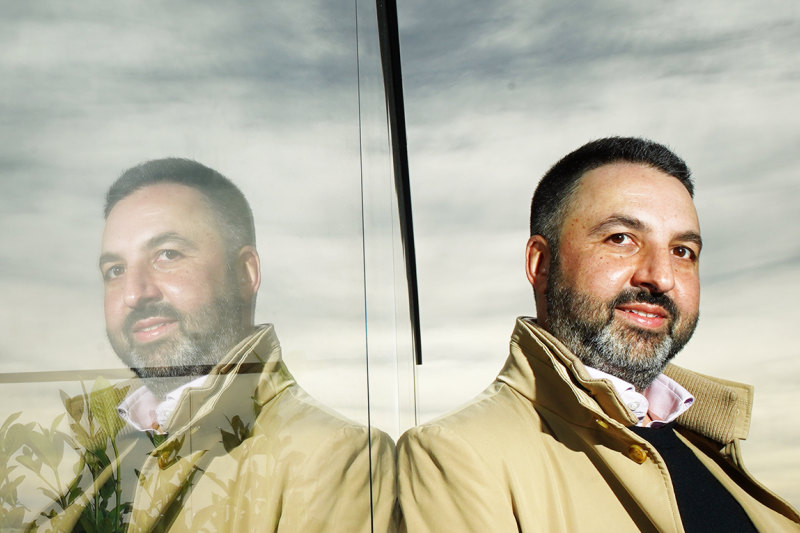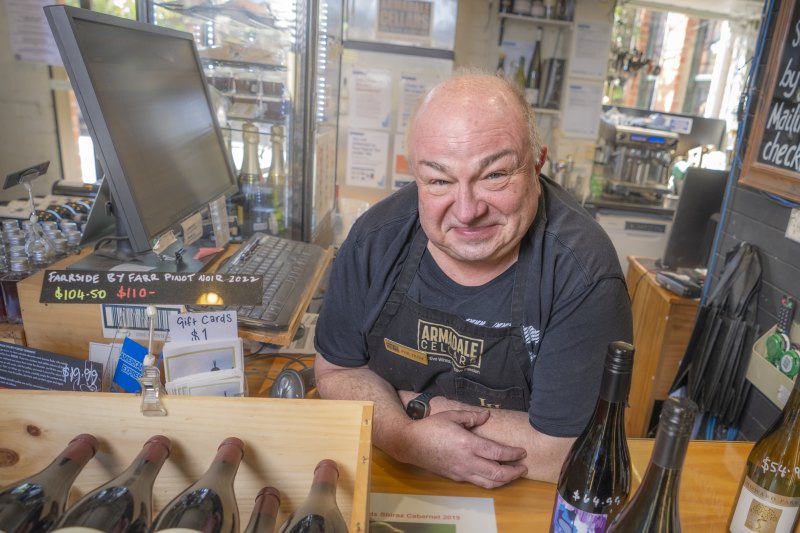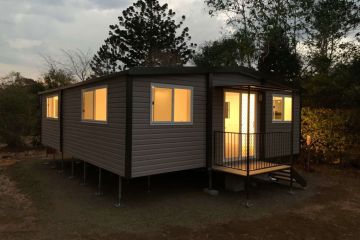Lou Rendina: From selling doonas to selling houses

From learning the sales ropes on a poultry farm and later in the antiques trade, Lou Rendina was destined for real estate. Decades on, he has his own firm and can be seen around his Kensington patch in a 1956 FJ Holden ute.
Who was it who set you on the path to be an agent?
I did work experience as a real estate agent at 16. I had a chap who took me out and showed me the ropes – his name was John Moon – in Geelong. I came back after a week’s work experience and I said: “That’s it, I want to be a real estate agent.”
What entranced you so much?
We measured a farm, looked at the land and rolled out the tape measure. It was measuring the land that I liked. And we were looking at comparative listing data, which I liked too.
So, did you leave school straight away?
No, I finished my HSC. I knew, as soon as I finished year 12, I’d apply for my agent’s representative course … I did that in November 1990. I was 18 when I began. I was living in Geelong with my family and I was commuting to Melbourne. I worked for Pat O’Connell Real Estate in Keilor Road, Essendon.
Were you a natural?
It was a bit harder than I thought – but I was pretty much a natural. I already had selling experience in three jobs at the weekends before finishing school. One was at my family’s poultry farm business; another was the Saturday market in Geelong, doing a bit of spruiking selling Doonas. I also got a job with a guy doing in-room antique furniture auctions. At 17, he taught me how to call an auction, calling out the bids and writing them down.
Most of your working life has been in Kensington; what was it like when you began there?
I was 24 or 25 when I began in Kensington. It was a little village then with only 4000 period homes. The saleyards development had just started. There wasn’t enough turnover, and my competitors said: “You’ll go broke.” The market was older people trying to get out and younger people trying to come in. The average price then for a worker’s cottage was $180,000 to $250,000.
You are now well settled in the area and you’re very involved with the Bombers – how many matches have you seen?
As soon as I came to Melbourne, I was at every match I could get to. I was a Cats supporter – and I still have a soft spot for them – but I have a lot of involvement with Essendon.
How many houses have you sold to Essendon footballers over the years? Or sold on behalf of?
Ooh, a lot, around 20. I sold [Essendon Football Club chief executive] Xavier Campbell and Clare Hawkins’ house in Kensington recently.
What do you do outside work?
I try to get away from Melbourne … we have a property down at Ocean Grove. It’s a bit of sanity time with my wife and two children.
So, you switch the phone off?
No, I never have switched the phone off … I turn it on silent and then check it at midday and at the end of the day. I love fishing and boating; I love being on the water.
And you’re a car buff?
Yes, I love collecting old classics. I’ve got an Aston Martin and a Volkswagen Kombi 23 Window. I’ve also got a 1956 FJ Holden ute that I like.
.
We recommend
We thought you might like
States
Capital Cities
Capital Cities - Rentals
Popular Areas
Allhomes
More







